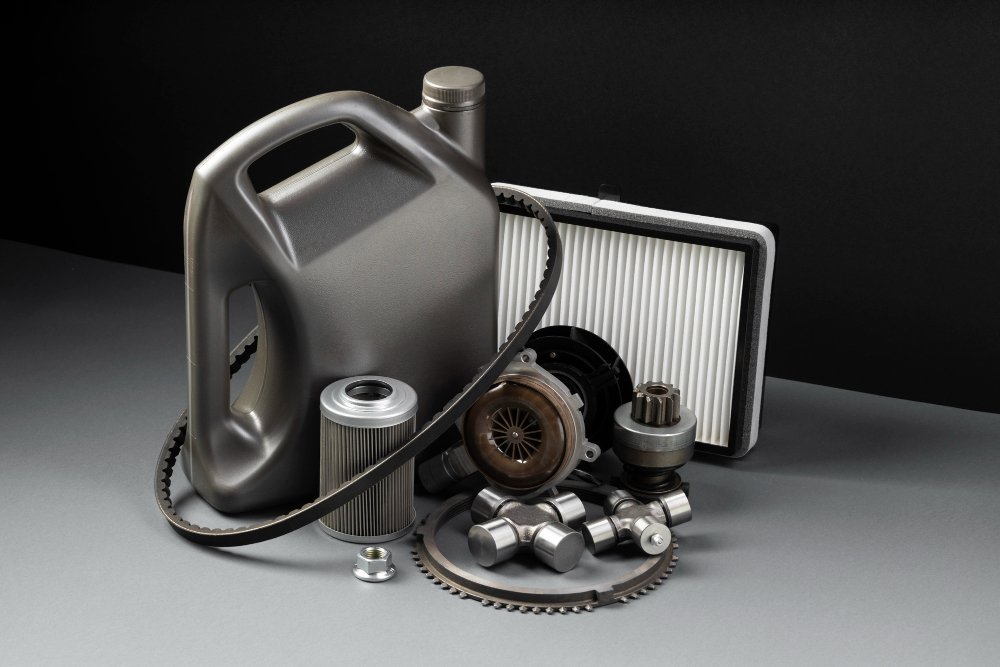In the vast and demanding world of maritime operations, marine engines serve as the powerhouse behind ships, tankers, ferries, and fishing boats. But behind every reliable engine lies a complex system of carefully engineered components working together in perfect harmony. In this blog, we’ll dive into the key marine engine parts, their functions, and why quality and maintenance are critical to performance and safety at sea.
Understanding Marine Engines
A marine engine is designed to withstand harsh marine environments and continuous operation under varying loads. These engines can be categorized into main engines (used for propulsion) and auxiliary engines (used for onboard electricity generation). Both types rely on a wide range of mechanical and electrical components to function efficiently.
Key Marine Engine Parts and Their Functions
Cylinder Head
-
Houses valves, injectors, and the combustion chamber.
-
Seals the top of the engine cylinders and withstands extreme pressure and heat.
Pistons
-
Move up and down inside the cylinder, converting pressure from combustion into mechanical motion.
-
Must be durable and heat-resistant to endure continuous firing cycles.
Connecting Rod
-
Connects the piston to the crankshaft and transfers motion.
-
Critical for converting reciprocating motion into rotational energy.
Crankshaft
-
Converts the pistons’ movement into rotary motion to power the propeller.
-
Needs precise balancing to ensure smooth engine operation.
Fuel Injector / Fuel Nozzle
-
Delivers fuel into the combustion chamber in a fine mist for efficient ignition.
-
Plays a crucial role in fuel economy and emission control.
Turbocharger
-
Increases the amount of air entering the engine, boosting power and fuel efficiency.
-
Often used in large marine diesel engines for enhanced performance.
Camshaft
-
Operates valves in sync with the engine cycle.
-
Ensures accurate timing for intake and exhaust functions.
Cooling System Components
-
Includes heat exchangers, seawater pumps, and thermostats.
-
Prevents overheating and maintains optimal engine temperature.
Lubrication System
-
Pumps oil to all moving parts to reduce friction and wear.
-
Filters remove impurities to extend engine life.
Exhaust System
-
Safely removes exhaust gases from the combustion chamber.
-
Designed to reduce noise and harmful emissions.
Importance of Quality Marine Engine Parts
-
Reliability at Sea: Failure of a single part can lead to engine breakdowns in the middle of the ocean.
-
Fuel Efficiency: Well-functioning parts help minimize fuel consumption and emissions.
-
Compliance: Marine engines must meet international regulations such as IMO Tier II or III standards.
-
Longer Engine Life: Using genuine and high-quality parts significantly extends the life of your engine.
Maintenance Tips for Marine Engine Parts
-
Schedule regular inspections and servicing.
-
Replace worn or damaged components promptly.
-
Keep filters clean and fluids at proper levels.
-
Use only OEM or certified spare parts.
-
Monitor engine performance for any unusual noise, smoke, or vibration.
Final Thoughts
Marine engines are complex systems that rely on the seamless performance of every part—from pistons to fuel nozzles and turbochargers. Whether you operate a small fishing boat or a massive cargo ship, maintaining these parts is essential for safety, efficiency, and compliance.






